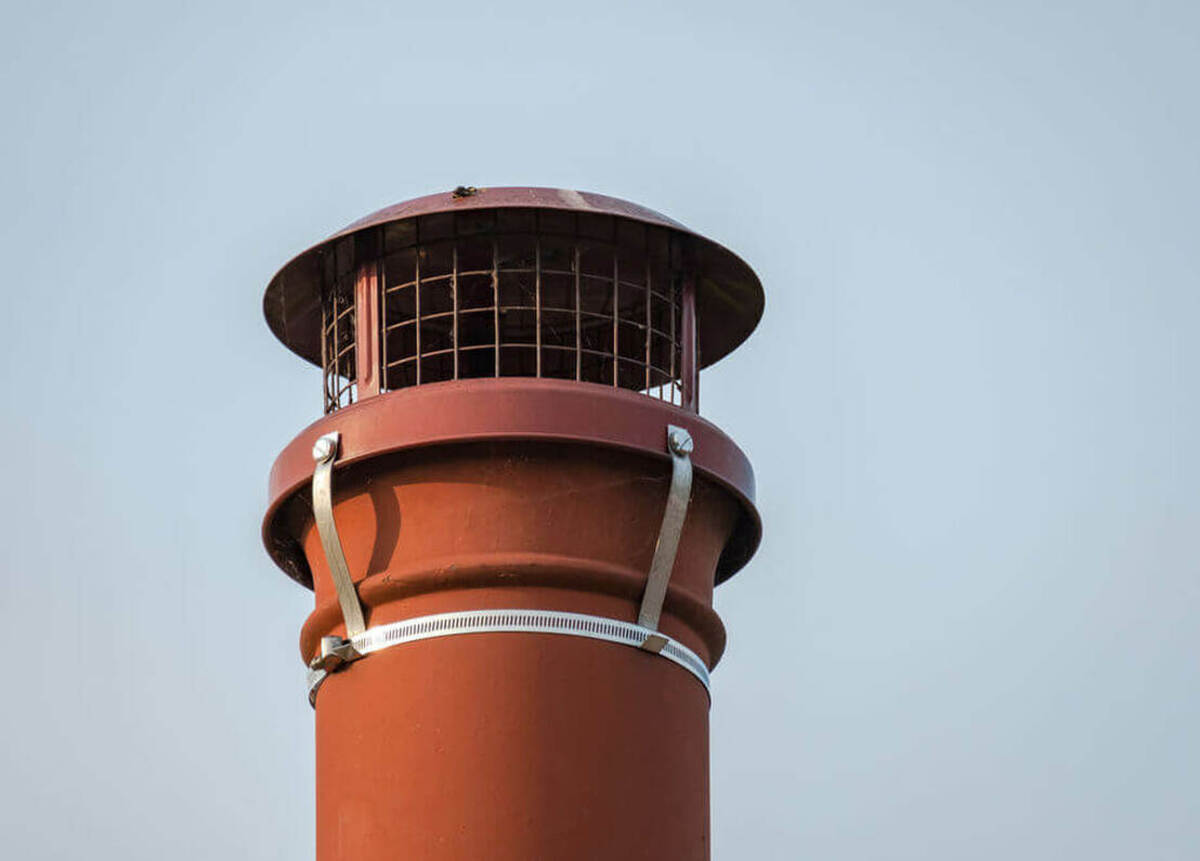

Articles
What Is A Chimney Cowl
Modified: February 24, 2024
Discover the benefits and uses of chimney cowls in our latest articles. Explore the different types and find the perfect cowl for your fireplace.
(Many of the links in this article redirect to a specific reviewed product. Your purchase of these products through affiliate links helps to generate commission for Storables.com, at no extra cost. Learn more)
Introduction
Welcome to the world of chimney cowls! If you are a homeowner or a chimney enthusiast, you may have come across this term before. But what exactly is a chimney cowl and what purpose does it serve? In this article, we will explore the ins and outs of chimney cowls, including their definition, function, types, benefits, installation, maintenance, and common troubleshooting issues.
Nowadays, with the increasing focus on energy efficiency and fire safety, understanding the role of a chimney cowl is essential. Whether you have a traditional fireplace, a wood-burning stove, or a gas-powered heating system, a chimney cowl can greatly improve the performance and safety of your chimney.
So, let’s dive in and discover everything you need to know about chimney cowls.
Key Takeaways:
- Protect your chimney and improve its performance with a chimney cowl, which prevents debris, enhances draft, and deters animals, ensuring a safe and efficient heating system.
- Choose the right chimney cowl based on your chimney type, weather conditions, and specific needs, and ensure proper installation and maintenance for optimal functionality and longevity.
Read more: What Is Chimney Soot
Definition of a Chimney Cowl
A chimney cowl, also known as a chimney cap or chimney cover, is a device that is installed on the top of a chimney to provide various functions and benefits. It is typically made of metal, such as stainless steel or aluminum, and comes in different shapes and designs to suit different chimney types and purposes.
The primary function of a chimney cowl is to prevent rain, debris, birds, and other animals from entering the chimney. It acts as a protective barrier, preventing water from seeping into the chimney and causing damage to the interior walls and flue. Additionally, it keeps leaves, twigs, and other debris from clogging the chimney, which can obstruct the flow of air and combustion gases.
Chimney cowls also have a role in improving the draft and airflow within the chimney. They can enhance the updraft by creating a negative pressure that helps to pull smoke and gases out of the chimney more effectively. This is especially important for wood-burning stoves and open fireplaces, as a strong draft ensures efficient burning and reduces the risk of smoke entering the room.
Furthermore, chimney cowls provide a level of protection against downdrafts, which occur when air is forced down the chimney instead of being drawn up. Downdrafts can cause smoke, odors, and even carbon monoxide to enter the living space. By redirecting the airflow, chimney cowls minimize the likelihood of downdrafts, creating a more comfortable and safer environment.
Overall, a chimney cowl serves as a multifunctional device that offers protection, improves draft, and enhances chimney performance. Installing a chimney cowl can be a smart investment for any homeowner looking to safeguard their chimney and maximize its efficiency.
Purpose and Function of a Chimney Cowl
The purpose and function of a chimney cowl extend beyond its basic definition. Let’s explore the various roles it plays in ensuring the safety, efficiency, and longevity of your chimney.
1. Protection against the elements: One of the primary functions of a chimney cowl is to shield the chimney from the elements. Rain, snow, and hail can cause water damage to the chimney structure, leading to cracks, erosion, and deterioration over time. A chimney cowl acts as a barrier, preventing water from entering the chimney and protecting it from weather-related damage.
2. Prevention of debris and blockages: Chimneys are prone to debris accumulation, such as leaves, twigs, and animal nests. These obstructions can impede the airflow, disrupt the draft, and potentially cause smoke or dangerous gases to enter the living space. A chimney cowl with a mesh or wire guard prevents debris from entering the chimney and keeps it clear for proper ventilation.
3. Bird and animal deterrent: Birds and small animals may find chimneys to be an appealing nesting place. However, their presence can lead to blockages, unpleasant odors, and even create fire hazards. A chimney cowl with specially designed features, such as bird guards or mesh covers, deter birds and animals from entering the chimney, ensuring a safe and clean chimney environment.
4. Improved draft and airflow: Poor draft can result in inefficient combustion, increased smoke emission, and reduced heating efficiency. A chimney cowl can enhance the draft by creating a negative pressure that helps to draw air up and out of the chimney. This improved airflow ensures better combustion, reduces the risk of backdrafting, and promotes a more efficient heating system.
5. Spark arrestor: In areas prone to wildfires, some chimney cowls come with built-in spark arrestors. These devices prevent errant sparks and embers from escaping the chimney and potentially igniting nearby flammable materials. The spark arrestor feature provides an added layer of fire safety and peace of mind.
6. Reduction of downdraft: Downdraft occurs when air is forced down the chimney rather than being drawn up. It can happen due to various factors, such as wind direction and nearby tall structures. A chimney cowl with a wind directional cap or rotating turbine can help minimize downdrafts by redirecting the airflow, ensuring that smoke and gases are safely expelled out of the chimney.
In summary, the purpose and function of a chimney cowl encompass protection against the elements, prevention of debris and blockages, bird and animal deterrence, improved draft and airflow, spark arrestor capabilities, and reduction of downdraft. By fulfilling these functions, a chimney cowl enhances the performance, safety, and longevity of your chimney system.
Types of Chimney Cowls
Chimney cowls come in a variety of types, each designed to cater to different chimney needs and conditions. Let’s explore some common types of chimney cowls and their unique features:
1. Standard chimney cowl: This is the most basic type of chimney cowl, typically consisting of a metal cap that covers the chimney opening. It provides protection against rain, debris, and animals while allowing for proper ventilation. Standard chimney cowls are suitable for most chimney types and offer a cost-effective solution.
2. Anti-downdraught chimney cowl: As the name suggests, this type of chimney cowl is specifically designed to combat downdraft issues. It incorporates features such as a wind directional cap or rotating turbine, which helps to redirect the airflow and minimize the effects of downdraft. Anti-downdraught cowls are beneficial in areas with high wind exposure or chimneys affected by nearby tall structures.
3. Bird guard chimney cowl: This type of chimney cowl includes a mesh or wire guard around the cap, making it an effective deterrent against birds and small animals. The mesh prevents birds from nesting in the chimney while still allowing for proper ventilation. Bird guard cowls are particularly useful in areas with a high presence of nesting birds.
4. Raincap chimney cowl: Raincap cowls focus mainly on protecting the chimney from rainwater. They feature a large, inverted cap that covers the chimney opening, effectively preventing water from entering. Raincap cowls are beneficial in areas with heavy rainfall or where water damage is a common issue.
5. Spark arrestor chimney cowl: This type of chimney cowl is designed with a spark arrestor mesh or screen, making it suitable for areas prone to wildfires or surroundings with combustible materials. The spark arrestor prevents sparks and embers from escaping the chimney and potentially causing fires. Spark arrestor cowls provide an added layer of fire safety.
6. Disused chimney cowl: If you have a chimney that is no longer in use, a disused chimney cowl can be installed to cap off the chimney and prevent debris and animals from entering. Disused chimney cowls are typically made of durable material and offer a neat and secure solution for unoccupied chimneys.
It’s important to note that these are just a few examples of the many chimney cowl types available in the market. When choosing a chimney cowl, consider factors such as your specific chimney requirements, local weather conditions, and potential issues you are trying to address. Consulting with a chimney professional can help you determine the most suitable type of chimney cowl for your needs.
Benefits of Using a Chimney Cowl
Installing a chimney cowl offers various benefits that can improve the performance, safety, and longevity of your chimney system. Let’s explore some of the key advantages of using a chimney cowl:
1. Protection against weather: A chimney cowl acts as a protective barrier, preventing rain, snow, and hail from entering the chimney. By keeping water out, it reduces the risk of moisture damage, such as cracks, erosion, and deterioration of the chimney structure. This protection extends the lifespan of the chimney and saves you from costly repairs.
2. Prevention of blockages: Chimney cowls with mesh guards or wire netting prevent leaves, twigs, debris, and birds’ nests from entering the chimney. By keeping the flue clear, chimney cowls ensure efficient airflow, preventing smoke, gases, and carbon monoxide from backing up into your home. Unobstructed airflow also promotes better combustion, reducing smoke emission and increasing heating efficiency.
3. Bird and animal deterrence: Birds and small animals often see chimneys as suitable nesting spots. However, their presence can lead to blockages, unpleasant odors, and potential safety hazards. Chimney cowls with bird guards or wire mesh covers effectively deter birds and animals from entering the chimney, ensuring a clean and pest-free chimney environment.
4. Improved draft and airflow: Certain types of chimney cowls, such as those with wind directional caps or rotating turbines, enhance the draft and airflow within the chimney. By creating a negative pressure, they facilitate the upward movement of smoke and gases, preventing downdrafts and ensuring efficient combustion. This results in better heat output, reduced smoke in the living space, and improved energy efficiency.
5. Fire safety: Chimney cowls with spark arrestors provide an added layer of fire safety. The mesh or screen in these cowls prevents sparks and embers from escaping the chimney and igniting nearby flammable materials, reducing the risk of chimney fires. This is especially important in areas prone to wildfires or for those using wood-burning fireplaces or stoves.
6. Energy efficiency: A properly functioning chimney cowl helps create a more efficient heating system. By improving the draft and airflow, chimney cowls ensure effective combustion, minimizing wasted energy and maximizing heat output. This can lead to reduced energy consumption and lower heating costs.
By investing in a chimney cowl, you can enjoy these benefits while ensuring the safety, longevity, and optimal performance of your chimney system. It is important to choose the right type of chimney cowl for your specific needs and consult with a professional if you have any concerns or require assistance with installation.
A chimney cowl is a covering for the top of a chimney that helps improve ventilation, prevent downdrafts, and keep out rain, birds, and debris. It can also improve the overall efficiency of the chimney.
Read more: What Is Chimney Grime
Factors to Consider when Choosing a Chimney Cowl
Choosing the right chimney cowl is essential to ensure optimal performance and protection for your chimney. Here are some important factors to consider when selecting a chimney cowl:
1. Chimney type: Consider the type of chimney you have, whether it’s a traditional brick chimney, metal flue, or prefabricated chimney. Different types of chimneys may require specific chimney cowls that are compatible with their design and dimensions.
2. Function and purpose: Determine the specific purpose you want the chimney cowl to serve. Whether you need protection against rain, bird deterrence, improved draft, or spark arrestor capabilities, identifying the primary function will help you choose the most appropriate type of chimney cowl.
3. Weather conditions: Take into account the prevailing weather conditions in your area. If you live in an area with heavy rainfall, a chimney cowl with a raincap feature will provide effective protection against water infiltration. Likewise, if your location is prone to high winds, consider a chimney cowl designed to minimize downdrafts and redirect airflow.
4. Chimney height and location: The height and location of your chimney may require a specific type of chimney cowl. For instance, if your chimney is situated near tall structures or in an area with potential nesting bird activity, a chimney cowl with bird guards or wire mesh is advisable to prevent blockages and deter unwanted animal entry.
5. Compatibility with appliances: If you have specific heating appliances, such as wood-burning stoves or open fireplaces, ensure that the chosen chimney cowl is compatible with those appliances. Some appliances may require particular chimney cowls to optimize draft and combustion efficiency.
6. Installation and maintenance: Consider the ease of installation and maintenance of the chimney cowl. Some chimney cowls may require professional installation, while others can be easily installed by homeowners. Additionally, check if the chimney cowl requires regular cleaning or maintenance to ensure its continued performance.
7. Budget: Set a budget for your chimney cowl purchase. The cost of chimney cowls can vary depending on the type, design, and material. Keep in mind that investing in a high-quality chimney cowl is beneficial in the long run, as it will provide better protection, durability, and performance.
By carefully considering these factors, you will be able to choose a chimney cowl that suits your specific needs and ensures optimal functionality for your chimney system. If you are unsure or have any questions, consult with a professional chimney sweep or installer who can offer expert advice based on your unique requirements.
Installation and Maintenance of a Chimney Cowl
Installing and properly maintaining a chimney cowl is essential for its effective performance and longevity. Let’s explore the installation process and the maintenance required to keep your chimney cowl in optimal condition:
Installation:
- Start by ensuring that you have chosen the right type of chimney cowl for your specific chimney and needs.
- Read and follow the manufacturer’s instructions carefully before starting the installation process.
- Ensure that you have the necessary tools and equipment, such as a ladder, gloves, and appropriate fixings.
- Identify the correct position for installation. The chimney cowl should be placed securely and level on top of the chimney, with any fixings tightened appropriately.
- Follow any specific installation instructions provided by the manufacturer, such as securing brackets or using adhesive if required.
- Double-check that the chimney cowl is firmly and securely installed, with no wobbling or loose parts.
- Once installed, test the functionality of the chimney cowl by observing the airflow, checking for any obstructions, and ensuring that the draft is working efficiently.
- If you are unsure or uncomfortable with the installation process, it is recommended to consult with a professional chimney sweep or installer.
Maintenance:
- Regularly inspect the chimney cowl for any signs of damage, wear and tear, or blockages. Look for cracks, corrosion, loose parts, or animal nests.
- Clean the chimney cowl as needed to remove any debris, bird droppings, or other build-up. Use non-abrasive cleaning solutions and a soft brush to avoid damaging the cowl’s surface or protective coatings.
- Check that the mesh, wire guard, or spark arrestor is not blocked or clogged. Remove any accumulated debris or soot that may restrict airflow.
- Monitor the airflow and draft regularly to ensure that the chimney cowl is functioning properly. If you notice any issues, such as decreased draft or backdrafting, it may be time to clean or replace the chimney cowl.
- Keep an eye on the chimney cowl’s fixings or brackets to ensure they stay secure. Tighten any loose screws or fasteners as necessary.
- In areas with heavy snowfall, periodically remove any snow or ice buildup on the chimney cowl to maintain proper ventilation.
- If you experience persistent issues or concerns with your chimney cowl, it is best to consult with a professional chimney sweep or installer who can assess the situation and provide appropriate solutions.
By following these installation and maintenance guidelines, you can ensure the proper functioning and longevity of your chimney cowl. Regular inspections and upkeep will help maintain a safe and efficient chimney system.
Common Issues and Troubleshooting with Chimney Cowls
While chimney cowls are designed to enhance the performance and safety of your chimney, certain issues may arise over time. Here are some common problems you might encounter with chimney cowls and troubleshooting tips to resolve them:
1. Reduced airflow or draft: If you notice a decrease in the airflow or draft from your chimney, it may be due to a blockage or obstruction in the chimney cowl. Inspect the cowl for any debris, bird nests, or soot accumulation and clean it thoroughly. Ensure that the mesh or wire guard is not clogged and allowing proper ventilation.
2. Backdrafting: Backdrafting occurs when smoke or gases are forced back into the living space instead of being expelled up the chimney. This can be caused by a faulty chimney cowl or incorrect installation. Check that the chimney cowl is securely fastened and properly aligned. If the issue persists, consult with a professional chimney sweep to assess and resolve the problem.
3. Loose chimney cowl: Over time, chimney cowls can become loose due to weather conditions, strong winds, or natural wear and tear. If you notice that the chimney cowl is wobbling or not securely attached, tighten the fixings or brackets to ensure a stable installation. If the problem persists, consider replacing worn-out fixings or consulting a professional for assistance.
4. Debris or animal entry: Despite having a chimney cowl, debris, birds, or small animals may sometimes find their way into the chimney. Inspect the cowl and chimney regularly to ensure there are no blockages or signs of animal activity. Remove any debris or nests carefully and consider adding additional bird guards or wire mesh to prevent further entry.
5. Rust or deterioration: Over time, some chimney cowls may experience rust or other forms of deterioration, particularly if they are made of low-quality materials or exposed to harsh weather conditions. Regularly inspect the chimney cowl for signs of corrosion and address any rust spots promptly. Consider upgrading to a higher-quality chimney cowl if deterioration becomes a recurring issue.
6. Incompatibility with appliances: Not all chimney cowls are suitable for every type of heating appliance. If you experience problems with performance or combustion efficiency, it could be due to an incompatible chimney cowl. Consult with a professional to ensure that the chosen cowl is compatible with your specific heating appliance and make any necessary adjustments accordingly.
7. Wind-related issues: In areas with strong or gusty winds, chimney cowls may encounter challenges such as wind noise, excessive spinning, or wind-induced downdrafts. Consider using wind directional caps or cowls designed to minimize these issues. Adjusting the position or height of the chimney cowl may also help reduce wind-related problems.
If you encounter persistent issues, it is advisable to consult with a professional chimney sweep or installer. They can thoroughly assess and troubleshoot the problem, providing expert guidance and solutions tailored to your specific chimney system and needs.
Conclusion
In conclusion, chimney cowls play a vital role in ensuring the safety, efficiency, and longevity of your chimney system. These devices offer a range of benefits, including protection against the elements, prevention of debris and blockages, bird and animal deterrence, improved draft and airflow, fire safety, and energy efficiency.
When choosing a chimney cowl, consider factors such as your chimney type, specific needs, weather conditions, compatibility with appliances, installation requirements, and budget. Proper installation and regular maintenance are essential to ensure optimal functionality and performance.
Although chimney cowls can encounter common issues such as reduced airflow or draft, backdrafting, loose fittings, debris or animal entry, rust or deterioration, incompatibility, and wind-related challenges, most of these issues can be resolved through troubleshooting, cleaning, reinstallation, or seeking professional assistance if needed.
By investing in a high-quality chimney cowl and following proper installation and maintenance practices, you can enhance the protection, efficiency, and safety of your chimney system. Regular inspections, cleaning, and addressing any issues promptly will help maintain proper functionality and extend the lifespan of your chimney cowl.
Ultimately, chimney cowls are beneficial additions to any chimney system, providing peace of mind, improved performance, and a safer environment for your home. Whether you are looking to protect against rain and debris, deter unwanted animals, improve draft and airflow, enhance fire safety, or increase energy efficiency, a well-chosen and properly maintained chimney cowl can make a significant difference.
Consult with a professional chimney sweep or installer to ensure you select the most suitable chimney cowl for your needs and to receive expert guidance on installation and maintenance. With the right chimney cowl in place, you can enjoy the comfort and warmth of your fireplace or heating system with confidence and peace of mind.
Frequently Asked Questions about What Is A Chimney Cowl
Was this page helpful?
At Storables.com, we guarantee accurate and reliable information. Our content, validated by Expert Board Contributors, is crafted following stringent Editorial Policies. We're committed to providing you with well-researched, expert-backed insights for all your informational needs.
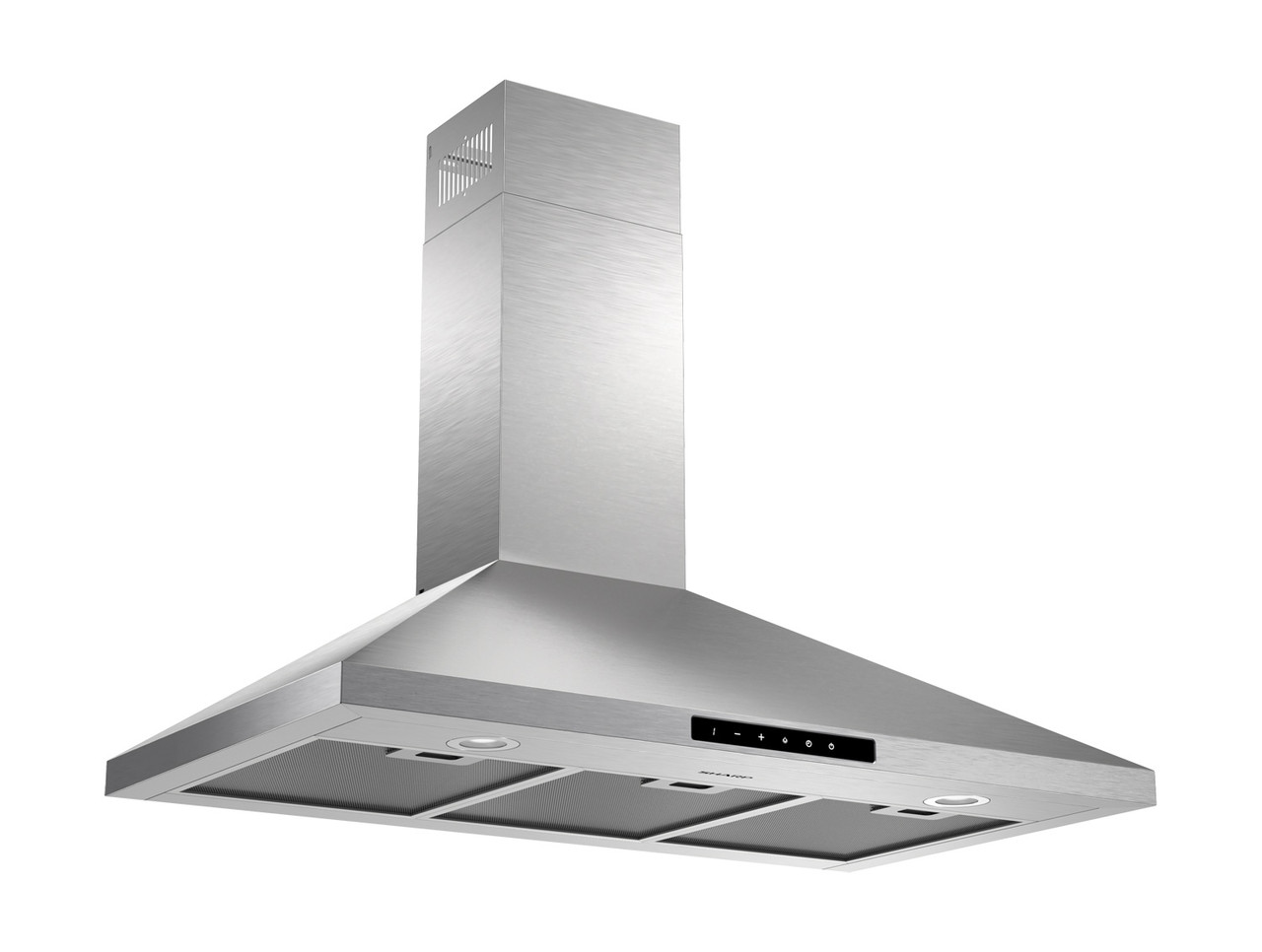
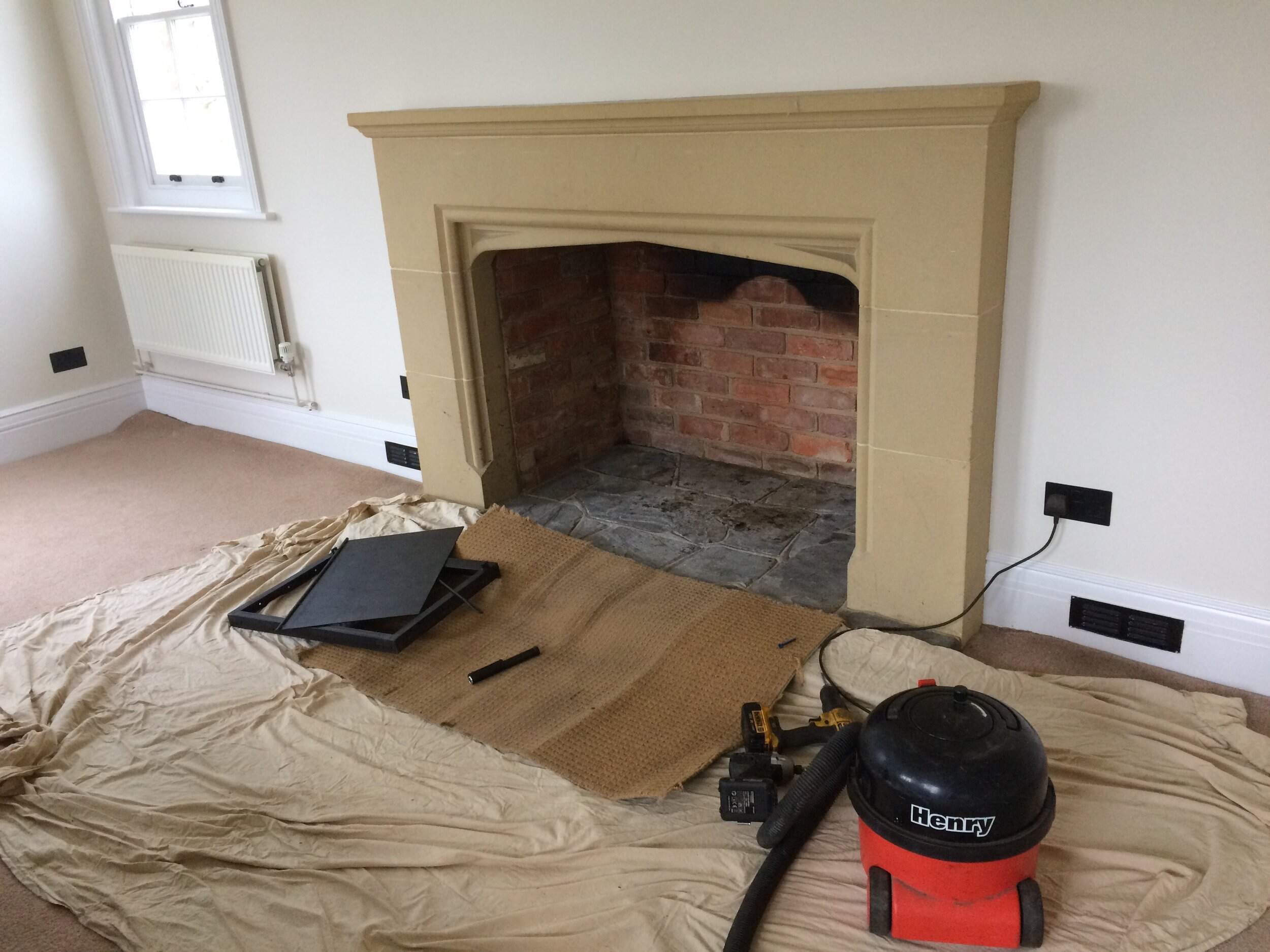
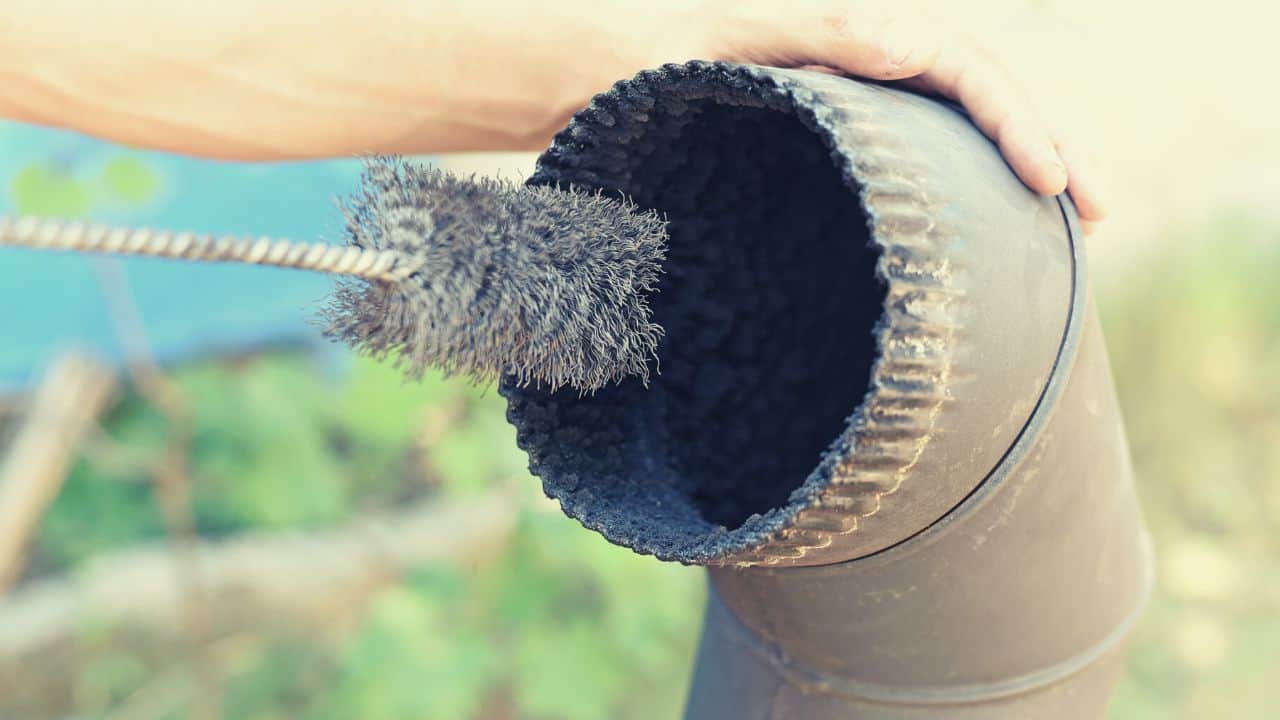
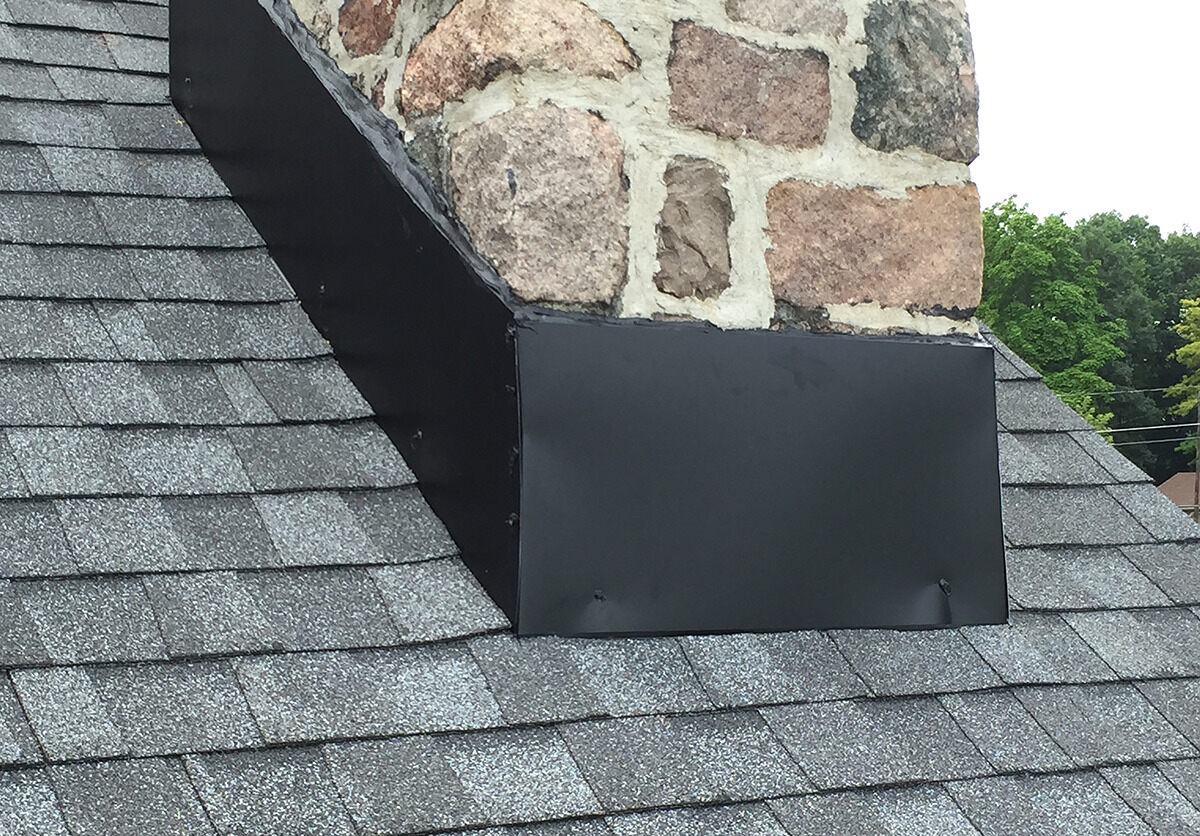
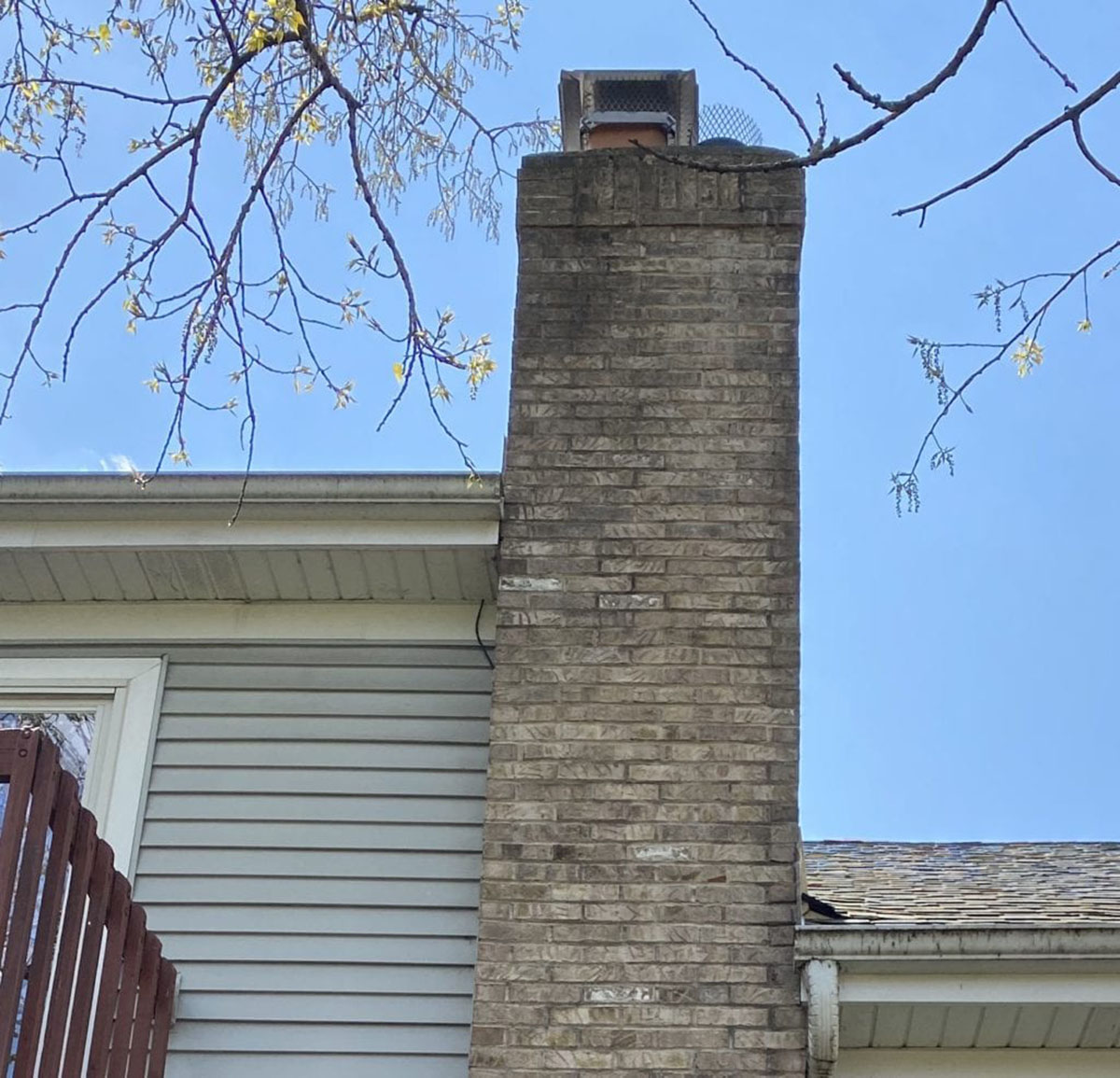
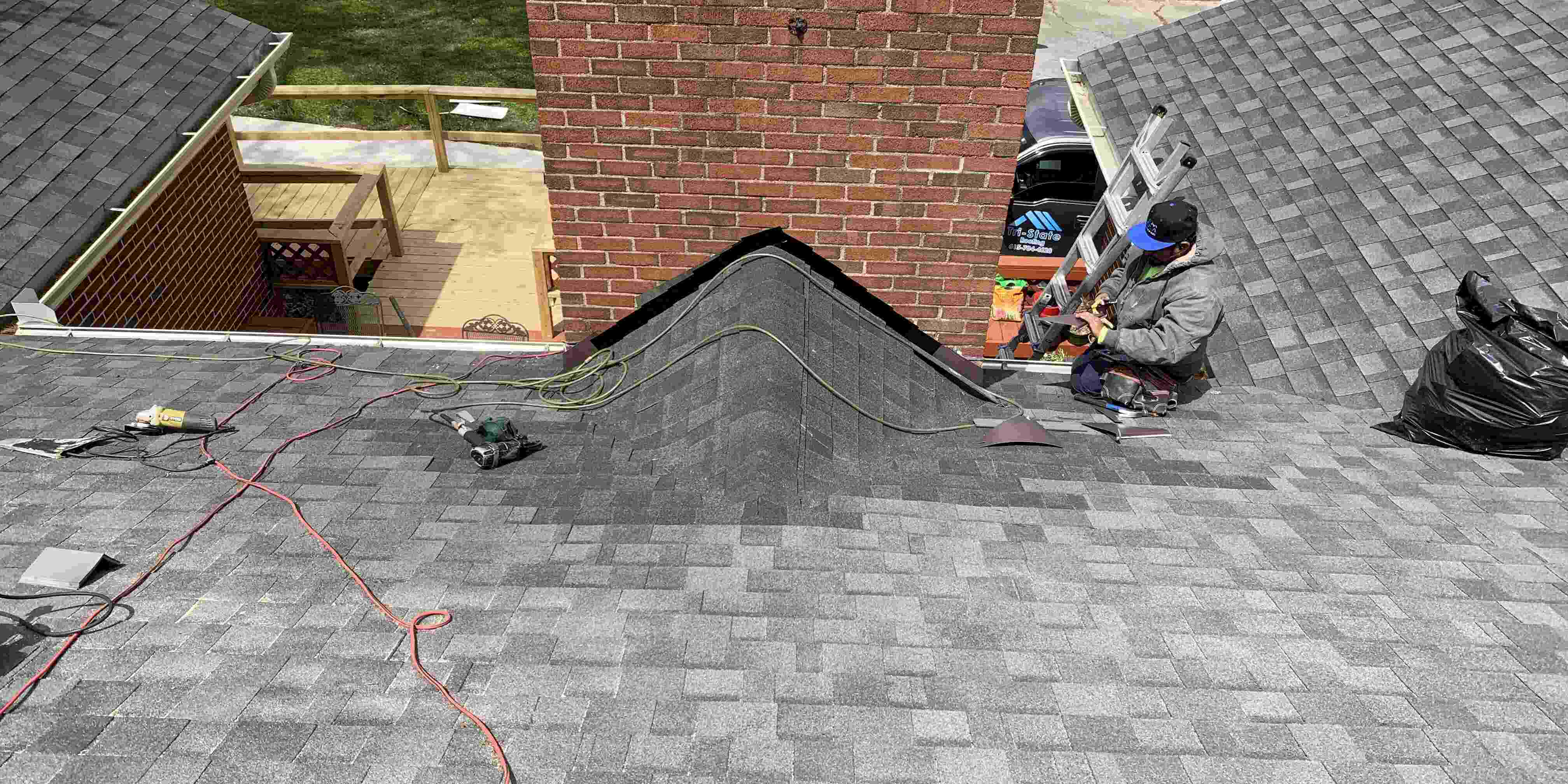
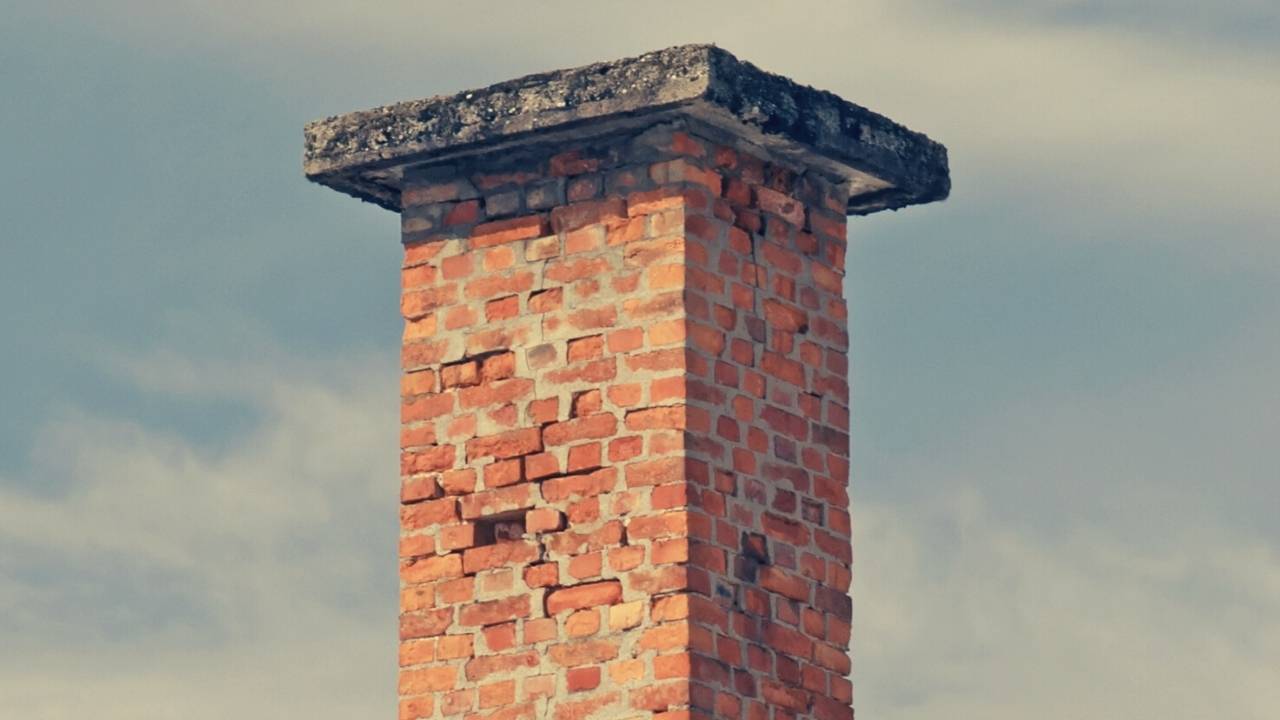
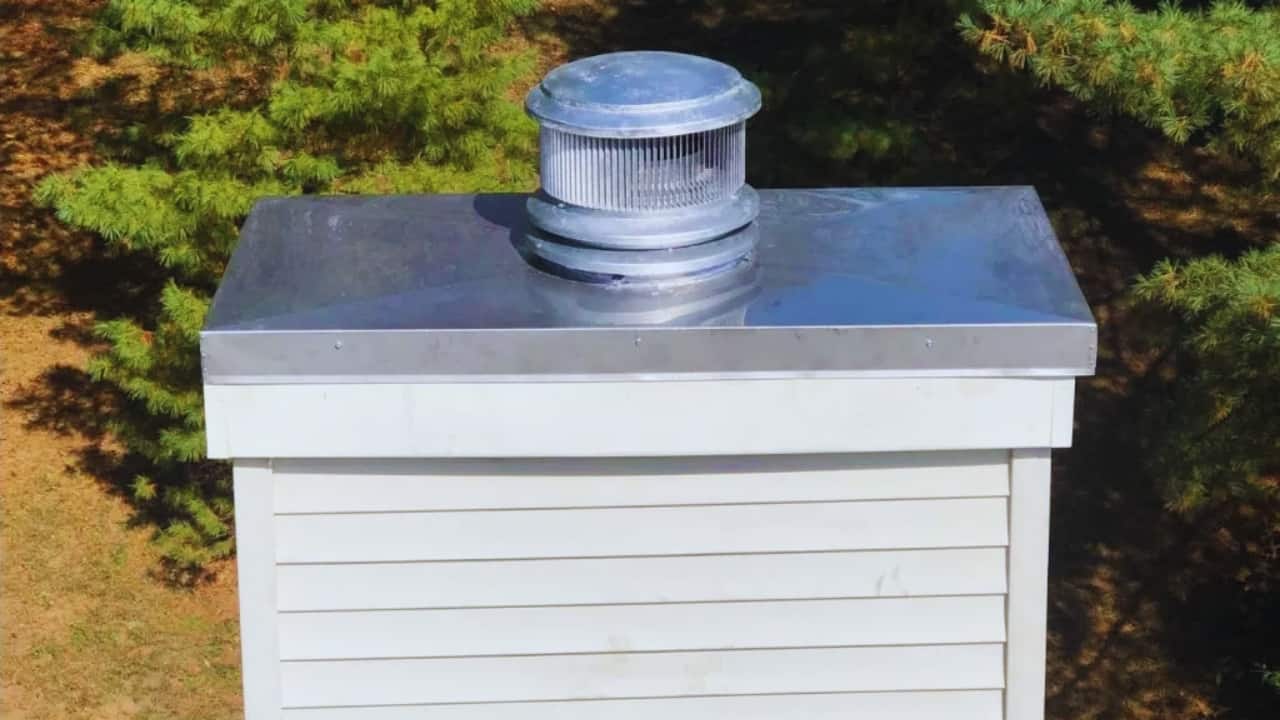
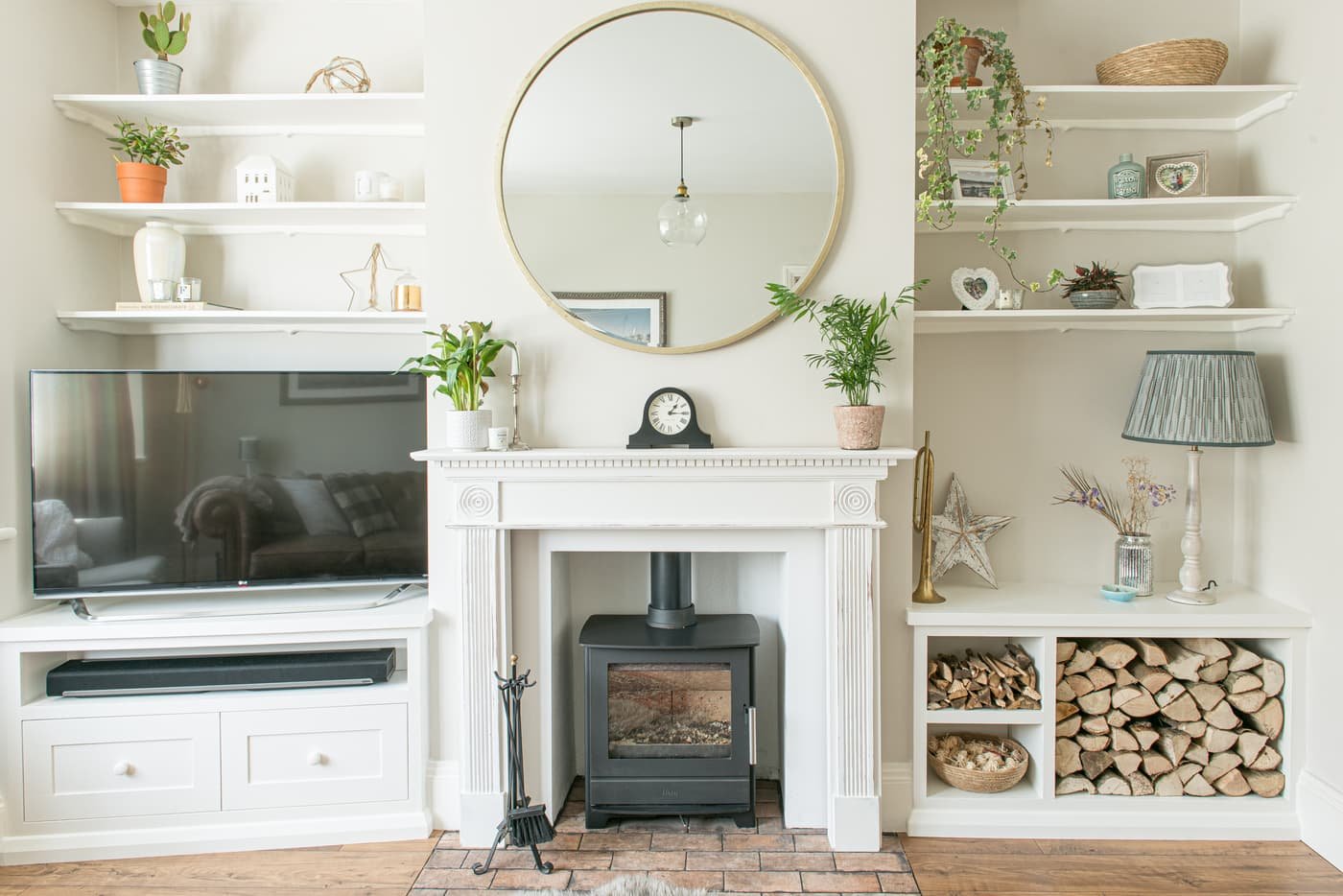
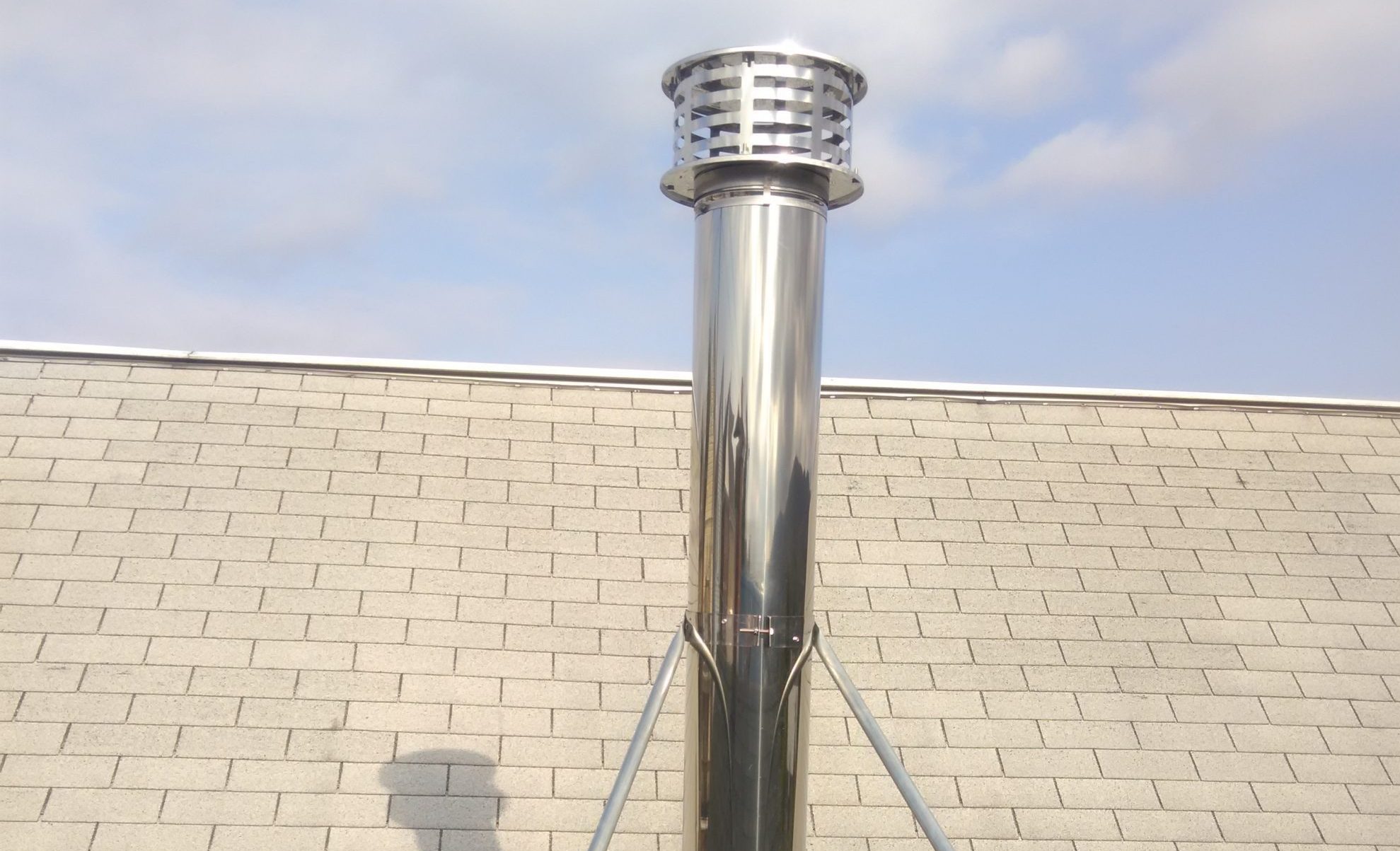
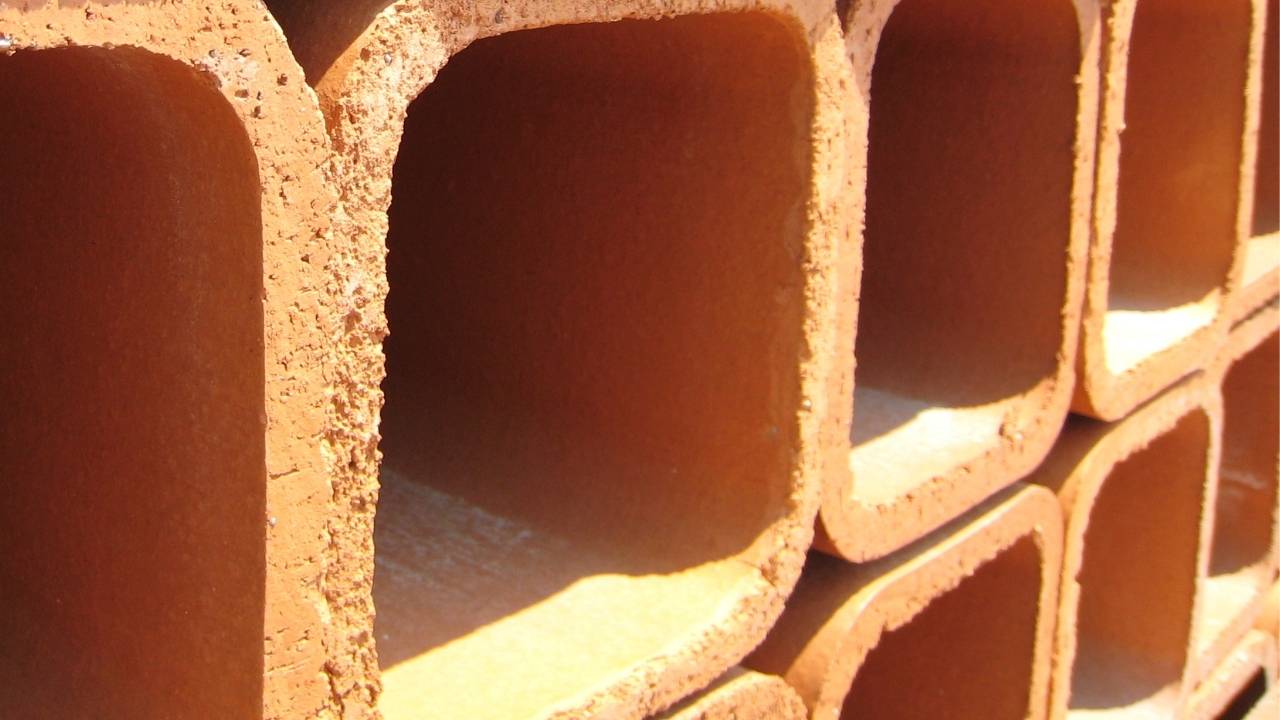
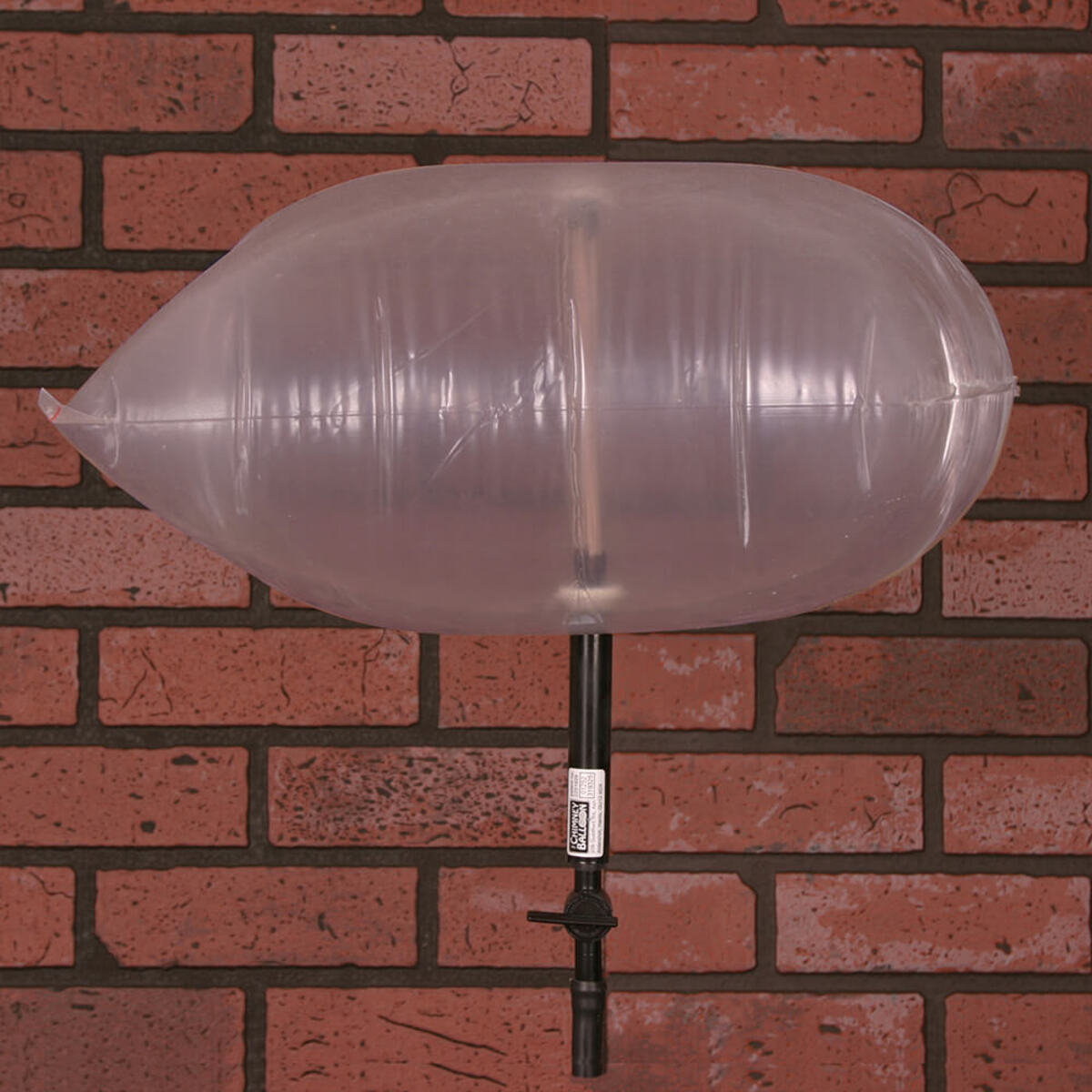
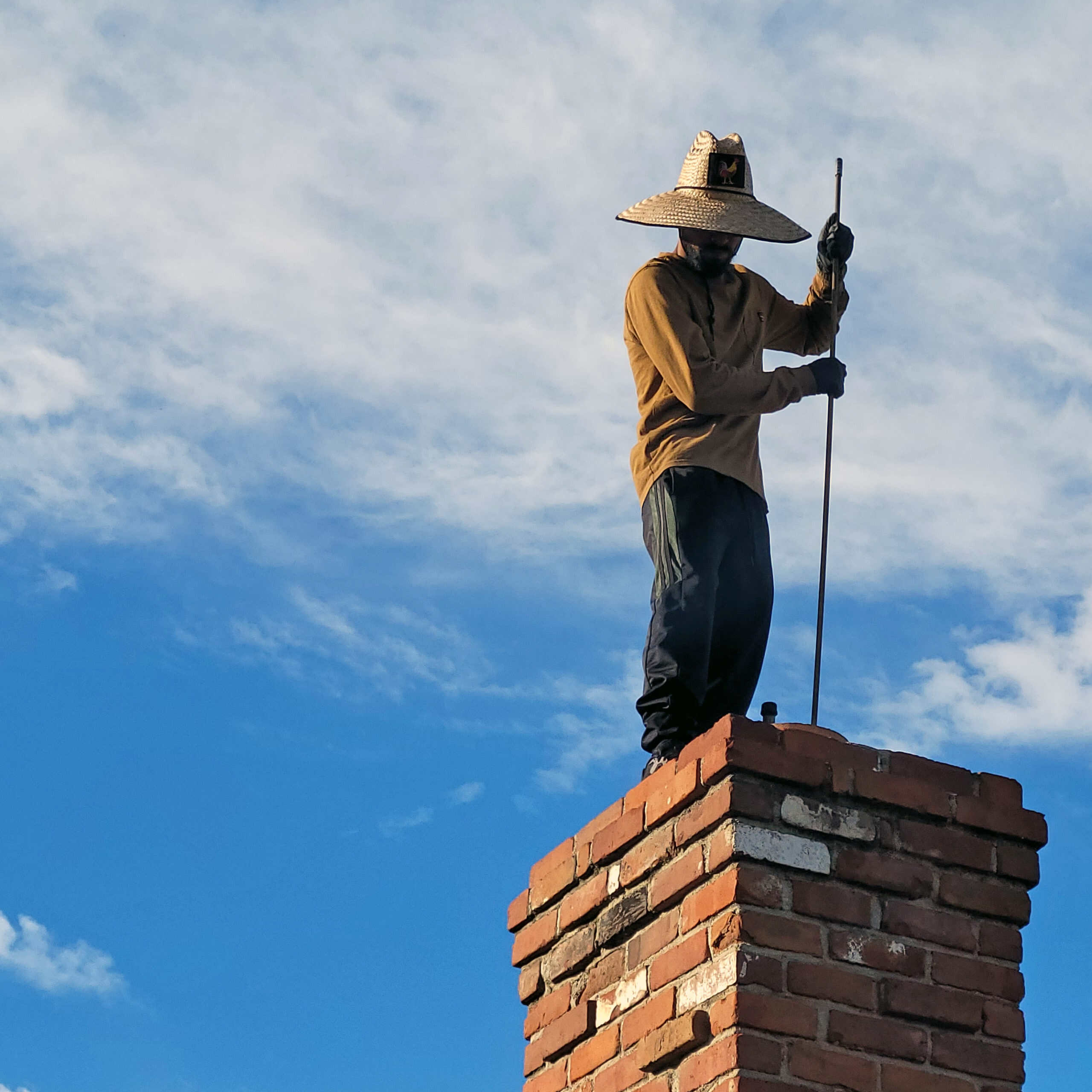
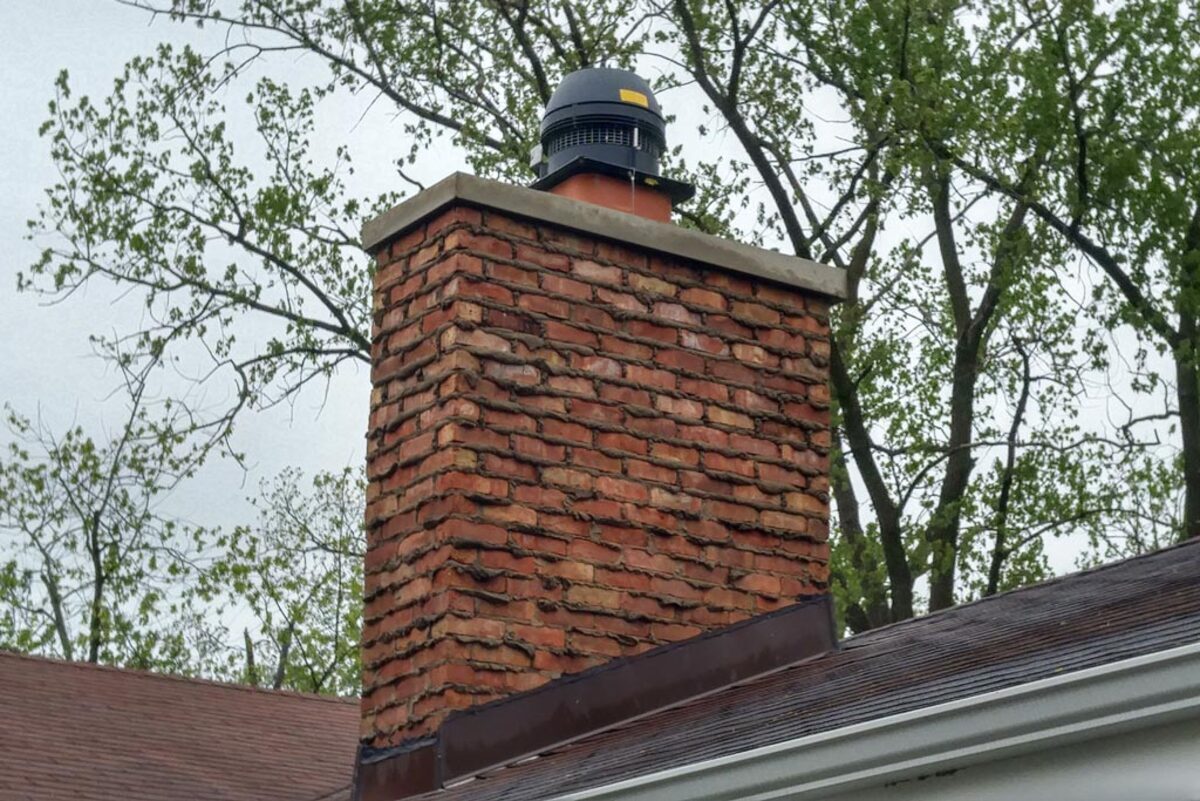

0 thoughts on “What Is A Chimney Cowl”